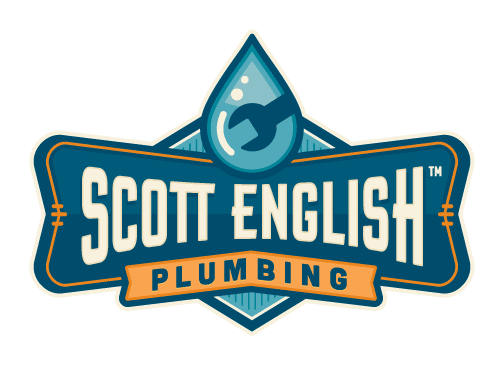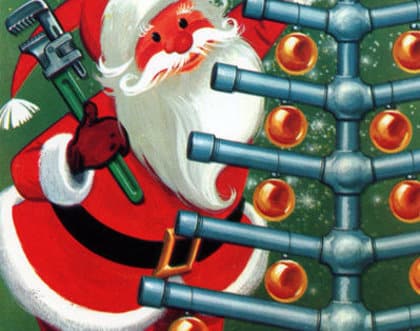DIY Plumbing | Extend the Life of Your Water Heater
Your water heater is a serious investment for your home and most will last 7-10 years. Many homeowners forget that water heaters, like many other home appliances, need a little preventative maintenance to keep them running as long as possible. We’ll go over a few easy to do water heater maintenance tasks that will extend the life of your water heater with the added bonus of keeping your unit running efficiently.
Regularly Test Your Pressure Relief Valve to Extend the Life of Your Water Heater
First, you should test your pressure relief valve. The pressure relief valve is usually located on the side or the top of the water heater and automatically opens if the tank builds too much pressure. It is incredibly important to make sure that your pressure relief valve is operating correctly because if it malfunctions and the pressure in the tank can’t be released your water heater could explode. Start by placing a bucket underneath the discharge pipe and then slowly open the pressure relief valve. Any water released will be scalding hot, so be very careful to avoid burns. If your pressure relief valve doesn’t release any water when opened then it needs to be replaced.
Replacing a faulty pressure relief valve is pretty simple:
- Turn off the water supply to the water heater
- Drain the tank using the valve on the bottom of the tank
- Unscrew the discharge pipe and unscrew the old valve
- Wrap the threads of the new valve and screw it into the water heater
- Screw the discharge pipe into the valve again and test it
Keep Sediment Out to Extend the Life of Your Water Heater
The sediment in the bottom of your tank also needs to be flushed out periodically to prevent rusting and to keep your water heater running efficiently. Start by shutting off the cold water supply to your water heater. Next, turn on the hot water at any faucet in your home and leave it running for the rest of the time you are working on your water heater. This helps to release pressure in your water heater and allows the water to flow out of your water heater quickly. If your water heater runs on electricity, turn off the power at your home’s main panel. If your water heater runs on gas, turn the control dial to the off position. Open the drain valve on the bottom of your heater and continue to drain water until the water comes out clear. Close the drain valve, and open the cold water supply to the water heater again. If your drain valve leaks when you close it again make sure to drain the tank completely and install a new drain valve. Reset your water heater’s thermostat to the temperature you had it at before and enjoy the peace of mind that you’re helping your water heater last as long as possible.
Replacing Anode Rods Can Extend the Life of Your Water Heater as Well
This one is a little more involved, but it could add quite a few years to the life of your water heater. Water corrodes steel pretty quickly and once your tank has rusted through and starts leaking there’s nothing you can do to save it. To slow down the rate of tanks rusting, most water heaters come equipped with anode rods. The chemistry behind how anode rods is pretty complicated, but the basic idea is that by installing a rod made of metal that rusts faster than the steel that the tank is made out of, the rod will corrode rather than the tank. Once the anode rod is corroded through, the tank walls will start to rust which can lead to leaks which means that you’ll have to replace our water heater. Luckily replacement anode rods are usually less than 50 dollars and are relatively easy to install when you follow the steps below.
- Start by turning off the breaker for your water heater if it’s electric or turning the gas dial down to pilot.
- Turn off the cold water supply to the heater and drain
- Look for the nut on top of the water heater that is holding the rod in place. Sometimes it has a plastic cover.
- Using a socket and a ratchet or breaker bar unscrew the nut.
- Remove the old anode rod and install the new one. Make sure to put some pipe dope on the threads of the new rod.
- Tighten the nut and reinstall the cap if it has one
That’s all there is to it. If installed properly a new anode rod can help extend the life of your water heater by fighting rust which is a major killer of water heaters.
Call Scott English Plumbing for Help With Your Water Heater
If you feel uncomfortable performing these tasks yourself or if your water heater needs more serious work than this, call in the help of a professional. We at Scott English Plumbing can help with whatever you need.

